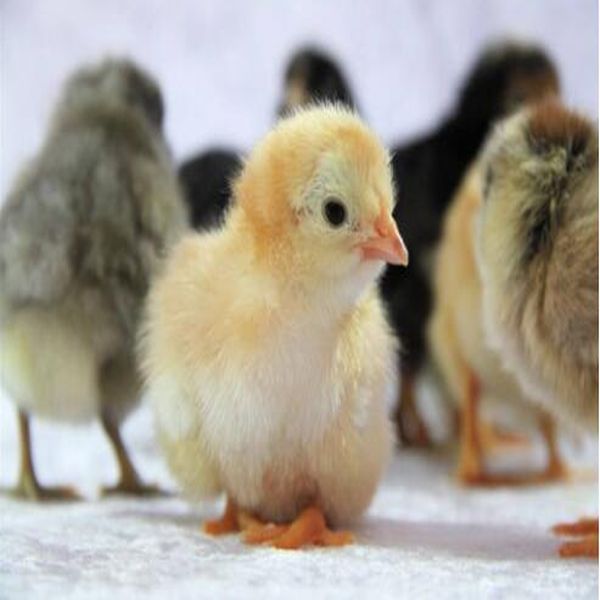- Home
- News
- Dimetronidazole against tissue trichomoniasis, trichomoniasis of poultry, coccidiosis and Treponema pallidosis
Dimetronidazole against tissue trichomoniasis, trichomoniasis of poultry, coccidiosis and Treponema pallidosis
Dimetronidazole (DMZ) is a derivative of metronidazole. It is a white or yellowish powder. It changes to black when exposed to light and is odorless. Dissolved in ethanol, slightly soluble in ether or water. Dimenidazole is mainly used for avian vibrio hepatitis, trichomoniasis in turkey, and trichomoniasis in poultry. It can also be used as a growth promoter to promote broiler production and improve feed conversion. Therefore, the drug is widely used in poultry production. Although Dimenidazole plays an extremely important role in poultry production, there are still some shortcomings:
1) Dimetridazole has a bitter taste and will affect palatability after oral administration, resulting in a reduction in feed intake. Especially in the treatment of diseases, the intake of drugs leads to insufficient drug intake, which affects the clinical efficacy;
2) Dimetridazole is highly irritating to the respiratory mucosa of poultry, with obvious side effects;
3) Dimetriidazole original powder medicine is easily affected by various acids, bases and enzymes during the absorption process in poultry, resulting in a reduction in the efficacy of the drug;
4) Dimetridazole currently used does not have slow-release properties, resulting in low bioavailability. The existence of the above problems not only restricts the full exertion of the drug efficacy of dimetridazole, but also affects the production performance, growth rate and economic benefits of poultry. Dimetridazole is a nitroimidazole drug with antiprotozoal and antibacterial activity, and has a strong anti-anaerobic effect. It is used to treat chicken tissue trichomoniasis, Treponema pallidum dysentery, intestinal and systemic anaerobic infection . But it is carcinogenic, mutagenic and potentially toxic.
Dimetridazole is a new type of effective anti-tissue trichomoniasis drug, which has a strong anti-tissue trichomoniasis effect, and still has a strong anti-treponemal action. It has a significant effect on trichomoniasis and trichomoniasis of turkey tissue, and also has a certain effect on coccidiosis and hexaflagellate of avian. It has obvious antibacterial effect, and it can inhibit E. coli, streptococcus and staphylococcus. For trichomoniasis of young turkey tissues, preventive use of 100-200 mg / kg feed concentration, treatment of 500 mg / kg feed concentration, and continuous use for 7-10 days can achieve satisfactory results. For trichomoniasis of pigeons, drinking 500 mg / l has a good control effect. For trichomoniasis of bovine reproductive tract, it can be taken orally at a dose of 60-100 mg / kg body weight. Or intramuscular injection, once a day for 5 days, the effect is excellent.

